CM Thomas Lab
Investigator NameCarissa M Thomas
Investigator InstitutionUniversity of Alabama at Birmingham
Investigator TitleAssistant Professor of Otolaryngology - Head and Neck Surgery
Investigator EmailEmail hidden; Javascript is required.
Investigator Phone(713) 515-2852
- Cell signaling
- Tumor biology
- Immunology
- Molecular & cell biology
- Tumor progression and metastases
University of Alabama Oral Microbiome Biobank
We have established a microbiome biobank at UAB from patients with oral cavity and oropharyngeal squamous cell carcinoma (SCC). Biospecimen collection includes oral swab and brush specimens, saliva, stool, peripheral blood, and tumor tissue. In addition, we are collecting clinicopathologic data, oral care habits, diet history, and antibiotic use on these patients. This biobank will be utilized for collaborative projects that can provide prognostic information, guide treatment selection, and ultimately improve survival in oral cavity and oropharyngeal SCC.
Understanding Interactions between the Microbiome and Oral Squamous Cell Carcinoma and the Tumor Microenvironment
The Thomas lab is focused on understanding how bacteria in the oral cavity (microbiome) may regulate chronic inflammation and malignant transformation in head and neck cancer as well as metastatic disease. We are investigating the oral cavity microbiome as a biomarker of disease and predictor of prognosis with the future goal of altering the microbiome to improve treatment response and prevent recurrence and metastases. Active areas of scientific work include: 1) bacterial regulation of PD-L1 expression on tumor cells and immune cells in the tumor microenvironment; 2) bacterial regulation of immune cell populations in the tumor microenvironment, specifically macrophage recruitment and differentiation into tumor associated macrophages; 3) bacterial regulation of tumor cell invasiveness.
Characterization of the Microbiome and its Role in Head and Neck Cancer-Related Pain
Oral squamous cell carcinoma (OSCC) is associated with moderate to severe pain at the primary site affecting speech, mastication, and swallowing. In addition, patients with OSCC typically require higher doses of opioids and are at increased risk for opioid dependence resulting in a reduced quality of life and survival. Effective pain management in patients with OSCC is challenging because of our limited understanding of mechanisms of cancer pain. In other disease processes, the gut microbiome is known to modulate pain via mechanisms of bacteria-derived mediators, metabolites and neurotransmitters acting on immune cells and nociceptors (pain receptors). Our research aims to identify biomarkers within the local oral cavity microbiome and distant gut microbiome that modulate OSCC cancer pain. Understanding mechanisms and mediators of pain in OSCC will allow for development of alternative targeted therapies and potentially reduced opioid dependence.
Modifying the Saliva Microbiome to Reduce Postoperative Wound Complications in Patients with Head and Neck Cancer
Many head and neck cancers are treated with surgery, which involves tumor extirpation and reconstruction with local, regional, and microvascular free tissue transfer reconstructions. Wound complications are frequent due to a multitude of factors including smoking, diabetes, prior radiation or chemoradiation, immunosuppression, malnutrition, hypothyroidism, and constant contact with saliva. Wound complications are a burden to our healthcare system by increasing hospital length of stay and requiring additional surgeries. In addition, poor wound healing increases patient morbidity, delays the ability to receive additional cancer treatment such as radiation, and delays the ability to resume eating by mouth and speaking. These delays impact survival as well as quality of life. Our research is examining if modifying the saliva microbiome and decreasing bacterial load can reduce post-operative wound complications in patients with head and neck cancer.
Understanding the Gut Microbiome as a Biomarker of Readiness for Major Head and Neck Cancer Surgery
This is a prospective, feasibility pilot study examining gut microbiome changes after a preoperative immunonutrition intervention in malnourished head and neck cancer patients.
Outcomes Following Microvascular Reconstruction of Head and Neck Cancer Defects
An essential component of excellence in patient care is frequent assessment of outcomes and identification of ways to reduce complications and improve outcomes for our patients. A wide variety of patient outcomes such as medical and surgical complications, wound complications, speech, swallow, oral competence, cosmesis, quality of life, and decision regret are being assessed in patients undergoing microvascular reconstruction as part of their treatment for head and neck cancer. These outcomes are being measured in an institutional as well as multi-institutional fashion in order to improve the form and function of free tissue transfer.
Targeted Fluorescence Imaging to Predict Flap Failure During Reconstructive Surgery
Regional and microvascular free tissue transfer reconstructions are the standard of care in treating patients with head and neck cancer. These reconstructive methods (i.e. flaps) are reliable but when complications with viability do occur, they can have significant morbidity. In collaboration with Dr. Jason Warram, we aim to use imaging agents targeted to key receptors of angiogenesis and vessel repair to guide clinical assessment of viable tissue during reconstructive surgery. By utilizing fluorescence imaging, viability information can be provided as early as post-operative day 0 to assess areas of neovascularization and anastomosis. The timely nature of this information can guide the reconstructive surgeons to areas of flap compromise and failure, allowing for earlier interventions and thereby improving patient outcomes.
